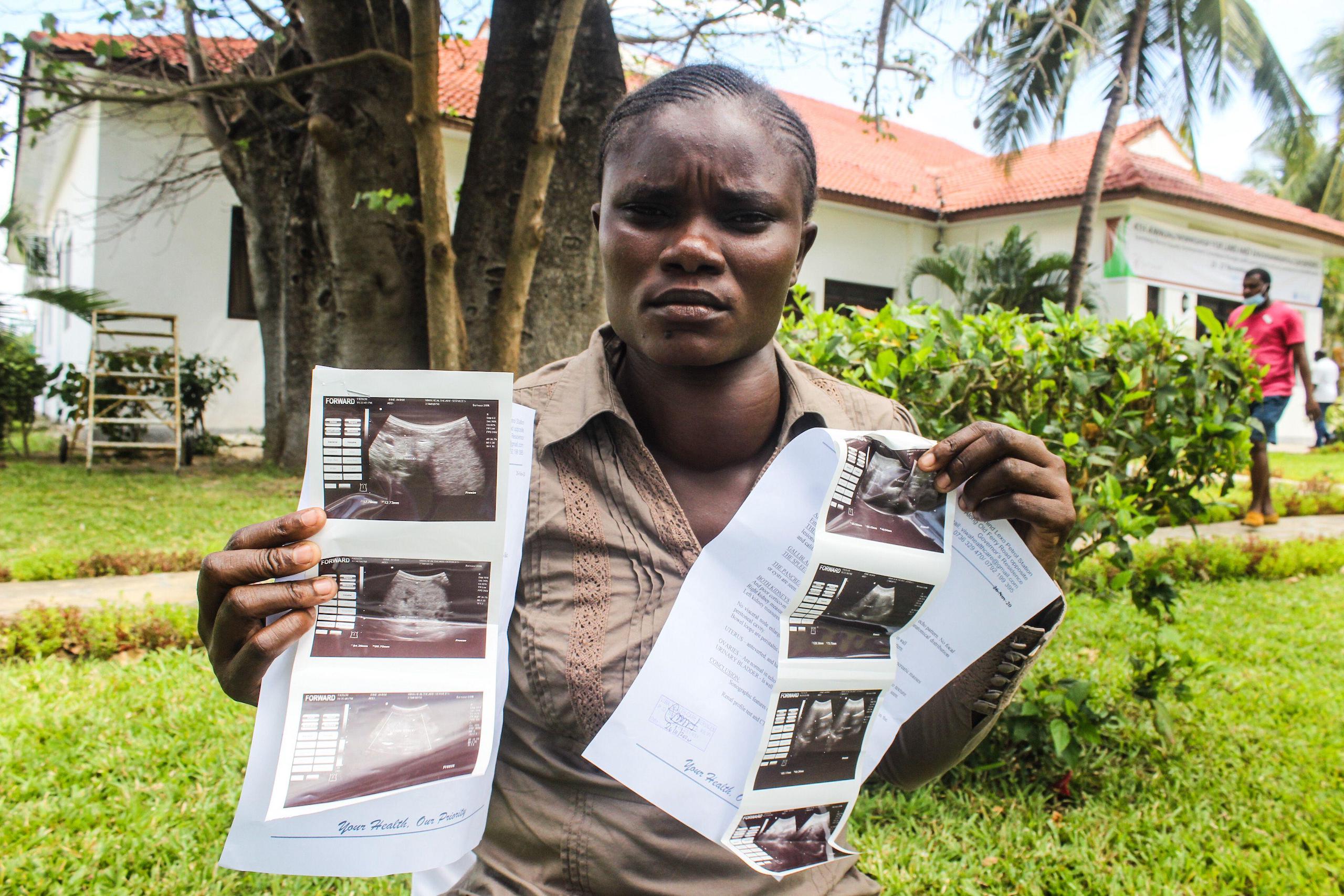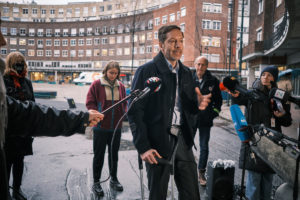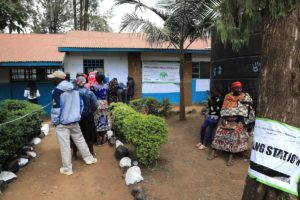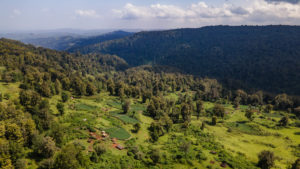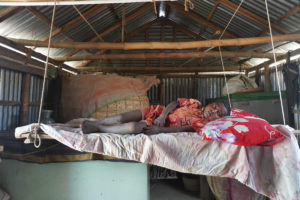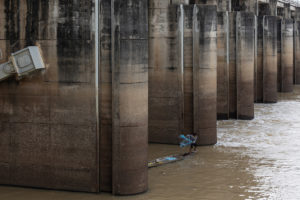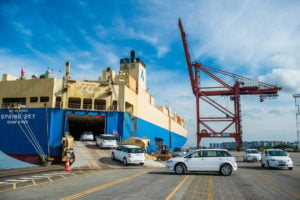Africa, home to about 15% of the world’s population, faces serious environmental challenges, including deforestation, land degradation, biodiversity loss and extreme vulnerability to climate change.
The continent loses an estimated $195 billion worth of natural capital annually as a result of activities such as illegal mining, logging and fishing, according to the UN Environment Programme. These losses are associated with community displacement and loss of livelihoods.
In recent years, litigation has emerged as a tool for environmental defenders seeking to prevent ecological destruction and ensure justice for affected communities in Africa. The approach is still young and a number of obstacles remain, but hopes for environmental justice in the continent are currently riding a wave of cases.
Setting precedent
On 16 July 2020, a court in Mombasa, Kenya, ruled in favour of local communities in a case involving lead poisoning caused by a smelting plant that had been recycling lead-acid batteries. The court awarded US$12 million to the affected people, to be paid by the two companies that operated and housed the smelting plant, and government authorities who had failed to enforce environmental regulations. They were also ordered to clean up the affected site within four months. The government is, however, appealing the court’s decision.
The case, filed by Phyllis Omido in 2016 on behalf of the 3,000-strong community of Owino Uhuru, a suburb of Mombasa, has inspired other environmental cases in Africa.
“The decision was a win for the community and the tireless efforts of environmental defenders. It was also a milestone for environmental justice and enforcement of the right to a clean and healthy environment,” Li Fung, senior human rights adviser at the Office of the UN Resident Coordinator in Kenya, told China Dialogue.
In a similar case in March this year, South Africa’s high court ruled that the government’s failure to ensure good air quality in the Mpumalanga Highveld region was a breach of residents’ constitutional right to a healthy environment. The court ordered the government to do better by passing regulations to implement and enforce a plan to manage air quality in the area.
Rights and realities
With the exception of Morocco, all African countries are signatories to the African Charter on Human and Peoples’ Rights. It states that “all peoples shall have the right to a general satisfactory environment favourable to their development.” According to the UN, all the 54 African countries also either implicitly or explicitly recognise the right to a healthy environment in their national constitutions, other national legislations or international treaties. Having these rights enshrined in law provides the ground for environmental litigation cases.
However, bringing a case before a court is a long and costly affair, presenting a major barrier to many affected communities. It also requires literacy, another obstacle. Moreover, the effective implementation of rulings is not a given in many jurisdictions.
Environmental defenders have been labelled anti-development actors, which made us victims of oppressionOmar Elmawi, coordinator of a campaign against the East Africa Crude Oil Pipeline
“Knowledge, cost, competent judiciary, access to justice, problems of implementation, and corruption remain a big challenge for the environmental defenders,” says Frank Mpahlo, executive director of Green Governance Zimbabwe Trust. Courts are usually more concerned with protocol than the substance of a case, Mphalo explains, and will often dismiss a case on a technicality. “Enforcement of a judgement is also a challenge,” he adds.
There is also the threat of violence and other rights violations faced by environmental defenders and citizens who pursue litigation. Recent cases in Uganda and The Gambia have both seen arrests. “Environmental defenders have been labelled as anti-development actors, which made us victims of oppression”, says Omar Elmawi, coordinator of the campaign to stop the East Africa Crude Oil Pipeline (EACOP) in Tanzania and Uganda.
Outside the courtrooms
Given these challenges, Mphalo emphasises that African environmental rights defenders need to support their litigation work with advocacy and campaigns to raise awareness more broadly.
The Stop EACOP campaign is one initiative that has coupled litigation work with a broader awareness campaign.
Omar Elmawi says the campaign has sensitised the population of Uganda and Tanzania to the threats posed by the pipeline, through media work, face-to-face meetings and focus groups.
The campaign has convinced 24 banks and 21 insurers to avoid being involved in the pipeline, he says. “The environmental and social issues that this project is having on people, they don’t want to be part of that.”
These achievements come off the back of two ongoing cases related to the pipeline. One is against lead project partner TotalEnergies, in a French court, regarding the company’s lack of due diligence on human rights and the environment. The other is a temporary injunction aimed at halting construction being heard by the East African Court of Justice.
On the other side of the continent, Gambian NGOs have pursued similar tactics around a court case involving local female farmers and a fishmeal factory that had been planning to expand into their fields. Alongside the court case, microbiologist and environmental defender Ahmed Manjang has been conducting a weekly radio talk show to share knowledge with the community about the risks associated with the factory and villagers’ legal rights.
New frontiers
The EACOP cases are part of a new wave of litigation in Africa with a focus on climate.
As of 2021, 14 climate litigation cases have been opened in the continent, nine of those since 2017, according to data compiled by the Grantham Research Institute and the Sabin Center. These cases are heavily concentrated in South Africa.
Around the world, the targets for climate litigation have been expanding. Global law firm White & Case explains that cases used to focus mainly on big oil and gas companies, but now claimants are challenging governments and their climate commitments, as well as large corporations of other kinds.
A 2021 report by Konrad-Adenauer-Stiftung, a German thinktank, suggests that “global trends illustrate a cross-pollination of litigation types across jurisdictions, and it is likely that increasingly novel and ambitious climate litigation will be forthcoming on the African continent.”
South Africa has been leading the wave of litigation on the continent. Other nations have been drawing inspiration, taking cases to court to hold governments and companies to account. Environmental defenders must do more to secure the gains made from litigation, in part by raising awareness of environmental rights among the public.
